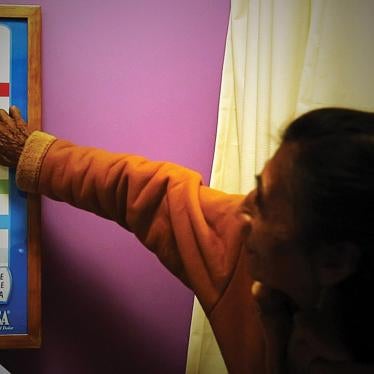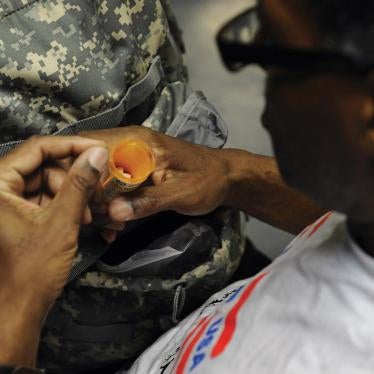In place of saints’ days or public holidays, public health practitioners celebrate disease days: World Cancer Day in February, Stroke Day in October, and World AIDS Day on Dec 1. The main reason for these days is to raise awareness, a key part of which is the presentation of descriptive statistics: without intervention, 84 million people will die of cancer between 2005 and 2015; every 6 s someone will die from stroke; and 33 million people are living with HIV.
In The Lancet, Paul Nelson and colleagues review 4386 peer-reviewed sources and 1019 grey literature sources to estimate—at national, regional, and global scales—prevalence and population estimates for hepatitis B and C in injecting drug users (IDUs). The investigators provide the requisite bold statistics: 10 million IDUs might be positive for hepatitis C antibodies and more than 80% of IDUs in 12 countries are estimated to be infected. More than 6 million IDUs might be positive for hepatitis B core antibodies. The investigators do not estimate the burden of death and disease from these infections, but it is likely to be substantial: more than 1·5 million deaths occur every year from acute hepatitis B and C infections, hepatocellular carcinoma, and cirrhosis.








